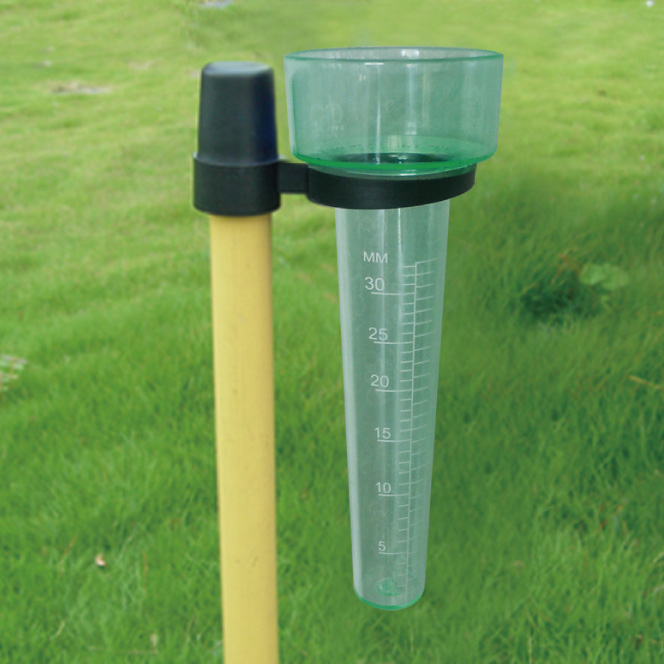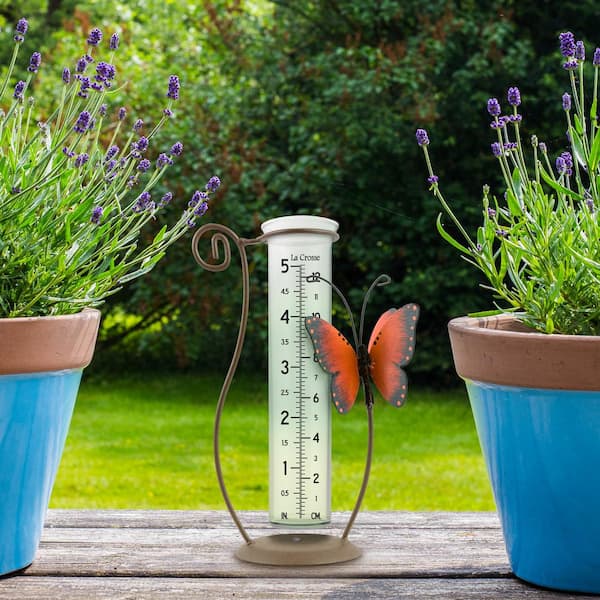The Rain Gauge: Empowering Communities with Precise Rainfall Information
The Rain Gauge: Empowering Communities with Precise Rainfall Information
Blog Article
Exactly How to Select the Right Rainfall Scale for Accurate Rain Data
Exact rainfall information is essential for numerous markets and tasks, such as water, meteorology, and farming source management. To obtain trusted dimensions, it is important to choose the best rain scale. This overview intends to give beneficial understandings right into the option procedure, permitting you to make enlightened decisions. Considering aspects such as location, type, and precision of the rain gauge will help ensure precise information collection. Furthermore, recognizing the maintenance and calibration treatments will certainly add to the longevity and integrity of your rainfall scale. By adhering to these standards, you can make certain accurate rainfall information, making it possible for better decision-making and planning for different applications.
Value of Selecting the Right Rainfall Scale
The value of selecting the appropriate rain scale depends on obtaining precise and reliable rains data for exact meteorological evaluation. Rainfall data is essential for a vast array of applications, consisting of weather condition forecasting, hydrological modeling, and environment study. Unreliable or inaccurate information can bring about erroneous verdicts and flawed decision-making procedures.

Second of all, the accuracy and accuracy of the rainfall gauge are paramount. The scale needs to be able to gauge rains with high accuracy, catching also small amounts of rainfall accurately.
Additionally, the place and setup of the rain scale are critical considerations. It must be put in an open location, far from obstructions that could impact rainfall dimensions. The gauge should be placed at a suitable height and angle to stay clear of splashing and make certain appropriate catchment of rainwater.
Factors to Think About When Choosing a Rainfall Gauge
When picking a rainfall gauge, there are several vital elements to think about. These aspects can significantly impact the accuracy and integrity of the rainfall information collected. The initial element to take into consideration is the sort of rainfall scale. There are various kinds available, consisting of standard rainfall evaluates, tipping bucket rainfall evaluates, and evaluating rainfall determines. Each kind has its own benefits and negative aspects, so it is very important to choose one that finest suits your particular demands and needs.
An additional variable to take into consideration is the product of the rainfall scale. Rainfall determines can be constructed from numerous materials, such as glass, steel, or plastic. The product selected must be immune and long lasting to weather conditions, guaranteeing that the rainfall gauge will certainly hold up against the components and offer accurate measurements over time.
Precision is additionally an important aspect to think about. Try to find rain evaluates that have been calibrated and tested for precision. Attributes such as anti-splash rings and funnels can likewise improve the accuracy of the dimensions.

Finally, consider the environment and environment in which the rain scale will be made use of. Different rainfall evaluates are ideal for different environments, so it is necessary to choose one that is proper for the problems in your area.
Various Sorts Of Rain Determines Available
To even more check out the aspects to take into consideration when choosing a rain gauge, it is vital to understand the different kinds of rain assesses available. The most typical kind is the typical rainfall gauge, additionally known as the round rainfall gauge.
An additional kind of rain gauge is the tipping pail rainfall gauge. As the rainfall falls right into the gauge, it loads up one side of the bucket, creating it to tip and clear the water.
A 3rd kind of rainfall gauge is the considering rain scale. As the rainfall falls right into the gauge, it More about the author is accumulated in a container connected to a balance.
Finally, there are likewise remote rainfall gauges that usage progressed innovation to determine rains (The Rain Gauge). These gauges usage sensing units and transmitters to send data wirelessly to a main device. Remote rain assesses are hassle-free for checking rainfall in hard-to-reach areas or for massive information collection
How to Figure out the Accuracy of a Rain Scale
One means to examine the accuracy of a rainfall scale is by conducting routine calibration measurements. Calibration includes comparing the readings of a rainfall gauge to a standard measurement, such as a qualified rain gauge or a weather condition station with high accuracy. By contrasting the measurements, any type of disparities or mistakes in the rain gauge can be identified and accounted for.
To carry out a calibration dimension, start by gathering rains data from both the rain scale and the typical measurement gadget over a particular time duration, such as a month. After that, compare the readings and determine the difference between them. This distinction is referred to as the calibration mistake.
It is very important to note that calibration dimensions ought to be performed routinely, as environmental factors, such as temperature, debris, and wind, can influence the precision of the rainfall scale in time. By conducting normal calibrations, any type of adjustments in the accuracy of the rainfall gauge can be spotted and adjustments can be made as necessary.
Along with calibration, it is additionally suggested to tidy and preserve the rain scale frequently to ensure its precision. Get rid of any particles or obstructions that may impact the accuracy of the measurements, and look for any type of signs check it out of damages or wear that may call for repair services or replacement.
Tips for Keeping and Calibrating Your Rainfall Gauge
Normal maintenance and calibration are crucial for ensuring the precision and reliability of your rainfall scale in measuring rains data (The Rain Gauge). By adhering to a few simple tips, you can ensure that your rainfall gauge is properly kept and adjusted
First of all, it is necessary to cleanse your rainfall gauge consistently to protect against any particles or dirt from blocking the rainfall collection system. Use a moderate cleaning agent and a soft brush to delicately clean the inside and outside of the scale. Wash it extensively with clean water and allow it to completely dry entirely prior to re-installing it.
Secondly, it is recommended to adjust your rainfall scale a minimum of yearly. Calibration includes contrasting the dimensions of your rainfall scale with those of a relied on and exact reference gauge. This will help you identify and fix any type of potential errors in your rain scale's dimensions.
To adjust your rainfall scale, accumulate a well-known quantity of water making use of a measuring container and compare it with the measurements taped by your rainfall scale. Readjust the readings accordingly to ensure precision.

Final Thought
To conclude, selecting the appropriate rainfall gauge is essential for obtaining accurate rainfall information. When selecting a rain scale, factors such as objective, budget plan, and area need to be thought about. There are numerous kinds of rainfall evaluates readily available, each with their own advantages and restrictions. It is essential to frequently keep and adjust your rain gauge to ensure its accuracy. By complying with these guidelines, accurate rains data can be obtained for various applications.
There are different types offered, including basic rain evaluates, tipping bucket rain assesses, and evaluating rain evaluates.To better discover the variables to take into consideration when picking a rainfall gauge, it is essential to comprehend the various types of rain evaluates offered. The most common type is the standard rain scale, also understood as the cylindrical rain gauge.Another kind of rainfall gauge is the tipping pail rainfall scale. Calibration involves contrasting the analyses of a rainfall scale to a standard dimension, such as a licensed rain gauge or a climate terminal with high accuracy.
Report this page